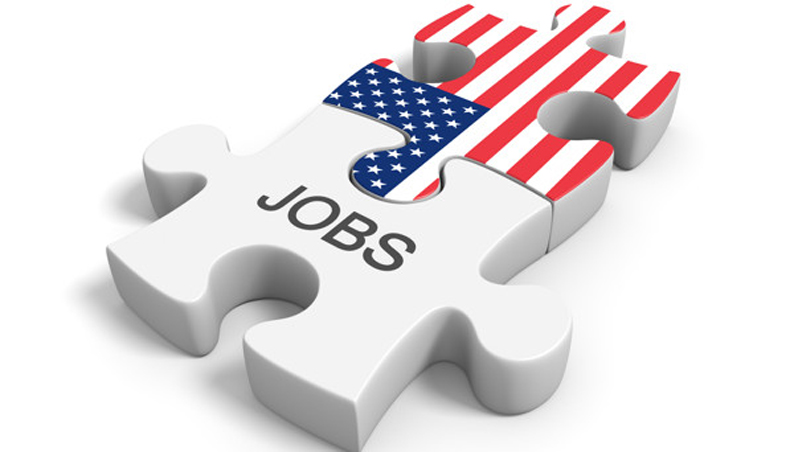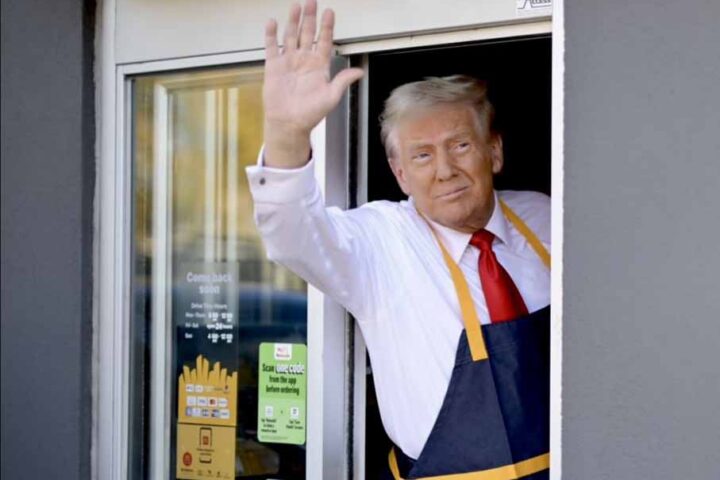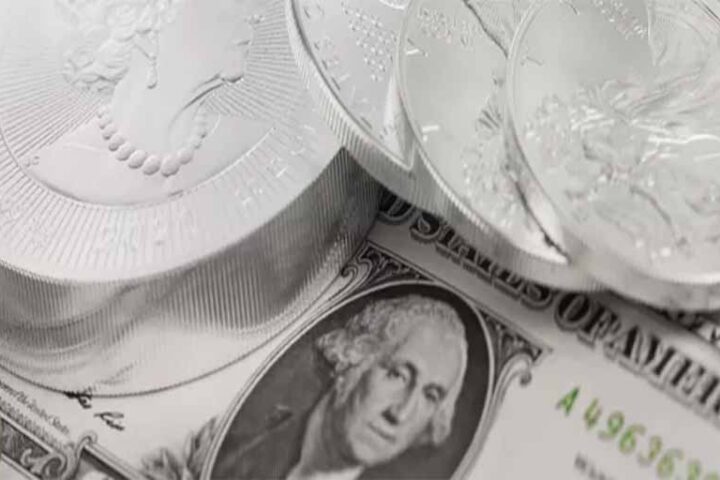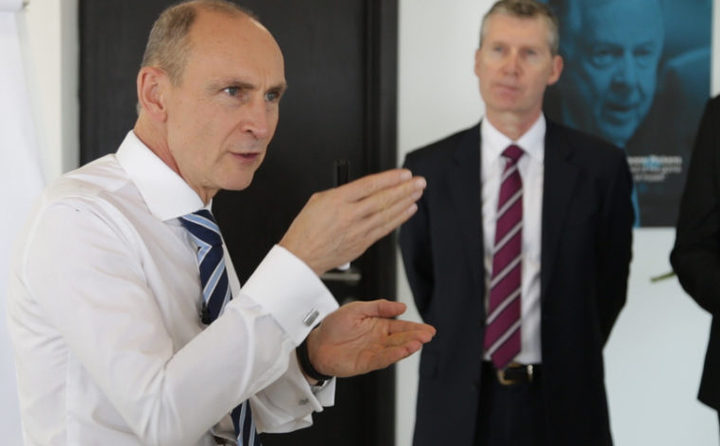The latest US jobs report came in hotter than expected, all but shutting the door on hopes for interest rate cuts this summer, says Nigel Green, CEO of global financial advisory and asset managers deVere Group.
Stock futures surged and bond yields climbed after the US economy added 139,000 jobs in May, well above the 125,000 that had been priced in.
“The labour market’s resilience puts the Federal Reserve in a difficult spot: inflation pressures remain sticky, and the cooling many expected simply hasn’t materialised in the data that matters most,” said Green.
“This report puts another nail in the coffin for any talk of rate cuts in the summer. The Fed has said time and again it needs to see weakness in the labour market to move. This isn’t weakness. It’s strength with staying power.”
The report came at a time when investors are already digesting a new wave of uncertainty stemming from trade policy shifts. As tariffs ramp back up under the Trump administration, inflationary pressure is poised to accelerate.
While these effects may take weeks or months to show fully in the CPI or PCE figures, markets are already preparing for another round of cost-driven price increases that will muddy the waters for policymakers.
“Inflation isn’t going to go gently,” the deVere CEO said. “We’re now seeing the early signs of a rebound in core pricing due to tariffs and wage pressures, and with job creation holding firm, there’s simply no justification for the Fed to move early.”
He explained that it’s becoming increasingly apparent that the U.S. central bank will need to wait until at least September before cutting, if not later.
“That delay carries consequences, particularly for interest-rate-sensitive assets like tech stocks, growth sectors, and riskier emerging markets that had been pricing in easier policy.”
The bond market has responded decisively. Yields on the 10-year Treasury climbed sharply following the report, as traders revised their expectations.
Meanwhile, equities have staged a short-term rally on the idea that the economy is still running strong, but underlying that is a sense of growing caution, Green added.
With real rates remaining high and inflation likely to tick higher in June’s print, risk assets are increasingly exposed to a re-rating.
Policy pivot moment
“Investors need to reposition fast,” he warned. “This is a policy pivot moment, but not the one people hoped for. The pivot isn’t toward cuts, it’s toward patience.
“The Fed is back on watch-and-wait mode, and that means portfolios should start reflecting more defensive allocations.”
There are deeper concerns building too, according to Green.
The longer interest rates stay elevated, the more vulnerable over-leveraged sectors become. Commercial real estate, consumer credit, and regional banks — already under stress — could soon find the environment more difficult than many are anticipating.
On top of this, there is no clear signal yet on how expansive the new trade regime will become. The inflationary pass-through from tariffs tends to show up in delayed waves, but the direction is unmistakable.
Global firms with cross-border supply chains will face mounting pressure, and those costs are rarely absorbed quietly.
The Fed’s next meeting will likely confirm what the jobs report has already shown: the data is not moving fast enough in the right direction.
Talk of a summer cut now looks outdated. Even September is starting to look optimistic unless there’s a marked slowdown in hiring or a major downside surprise in inflation.
“This is the moment to reassess,” Green concluded.
“Too many investors positioned for a summer easing are now badly offside. The jobs number has redrawn the map. Forward-looking strategies must reflect that reality now, not later.”







